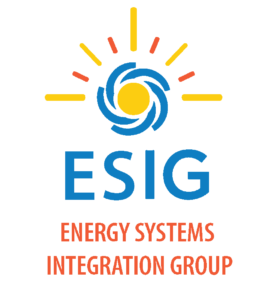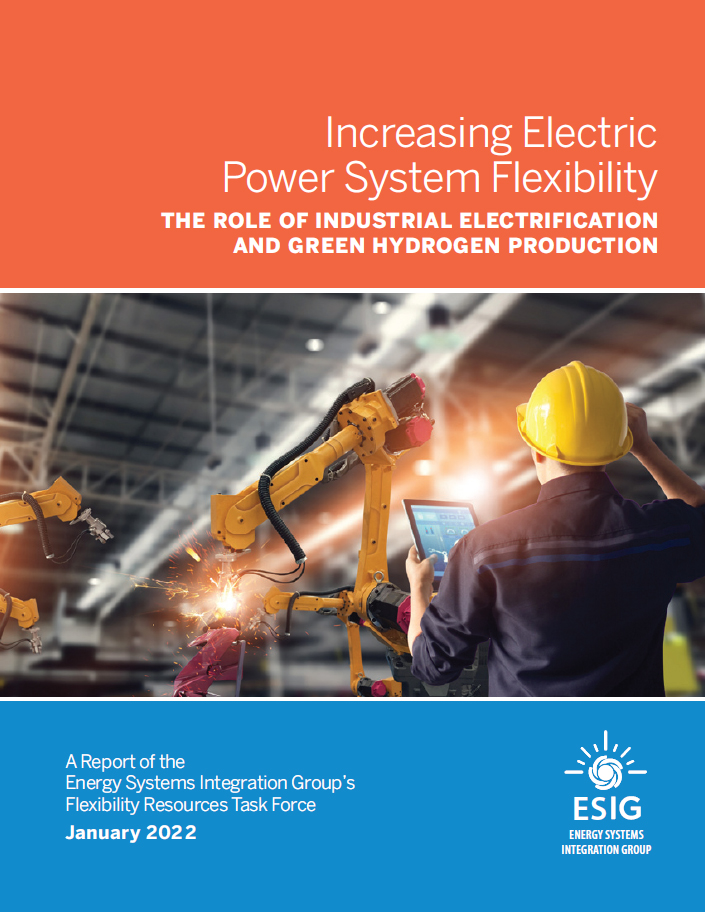At high levels of renewables in the future electric power system, the need to shift energy across time and space means that system flexibility from the typical sources today—conventional natural gas plants, batteries, interconnections between neighboring grids, and renewables themselves—may need to be supplemented with new sources. Some of this flexibility could come from new loads resulting from the increased electrification of the overall energy system. This report lays out viable ways that industrial electrification and hydrogen production may provide flexibility and grid services in the future electric power system.
These new resources’ contributions could take the form of demand-shifting (timing hydrogen production and other industrial processes to coincide with periods of low demand); providing grid services such as fast frequency response, operating reserves, ramping, and others; providing other flexibility measures such as balancing supply and demand over hours, days, and weeks; or, in the case of hydrogen production, directly providing capacity and energy.
Organization of the report. The report first discusses sources of industrial electrification and the potential flexibility that could be derived from the resulting large electrical loads in energy-intensive industries. It then examines the potential role of hydrogen production in providing flexibility to the future high-renewables system, with a focus on green hydrogen. It concludes by summarizing high-level operations and planning issues for power systems and identifying key areas needing further work.
Key needs. Key needs discussed include: (1) more deeply integrating electrified industrial loads and hydrogen production into power system planning processes; (2) better understanding the implications of new sources of flexibility for electricity system operations and market operations; (3) improving performance and lowering costs in industrial electric technologies, especially for high-temperature processes; (4) developing policies that support low-carbon and renewable heating in industry; and (5) undertaking pilot and demonstration projects to assess the impacts of electrification on process performance, cost, and output.
Ongoing work. To advance our understanding of how to reap the benefits of these new resources, the report proposes a small analytical exercise based on one or more of the current decarbonization pathway studies. The exercise would link study results showing a role for industrial electrification and hydrogen to more detailed planning and operational studies, allowing more specific needs to be identified. Work could then begin to develop modeling, metrics, and practices to better account for these new flexibility resources in power systems. Such a study would provide a useful springboard to develop more detailed analyses of how flexibility can be obtained from new resources, the value of such flexibility, and the ways in which these resources can be procured and operated—to ensure that the benefits of these new resources can be more fully captured when needed in future stages of electricity system decarbonization.
For additional information on this topic, be sure to view our recent webinar, “Electrification and Industrial Sources of System Balancing Flexibility.”




